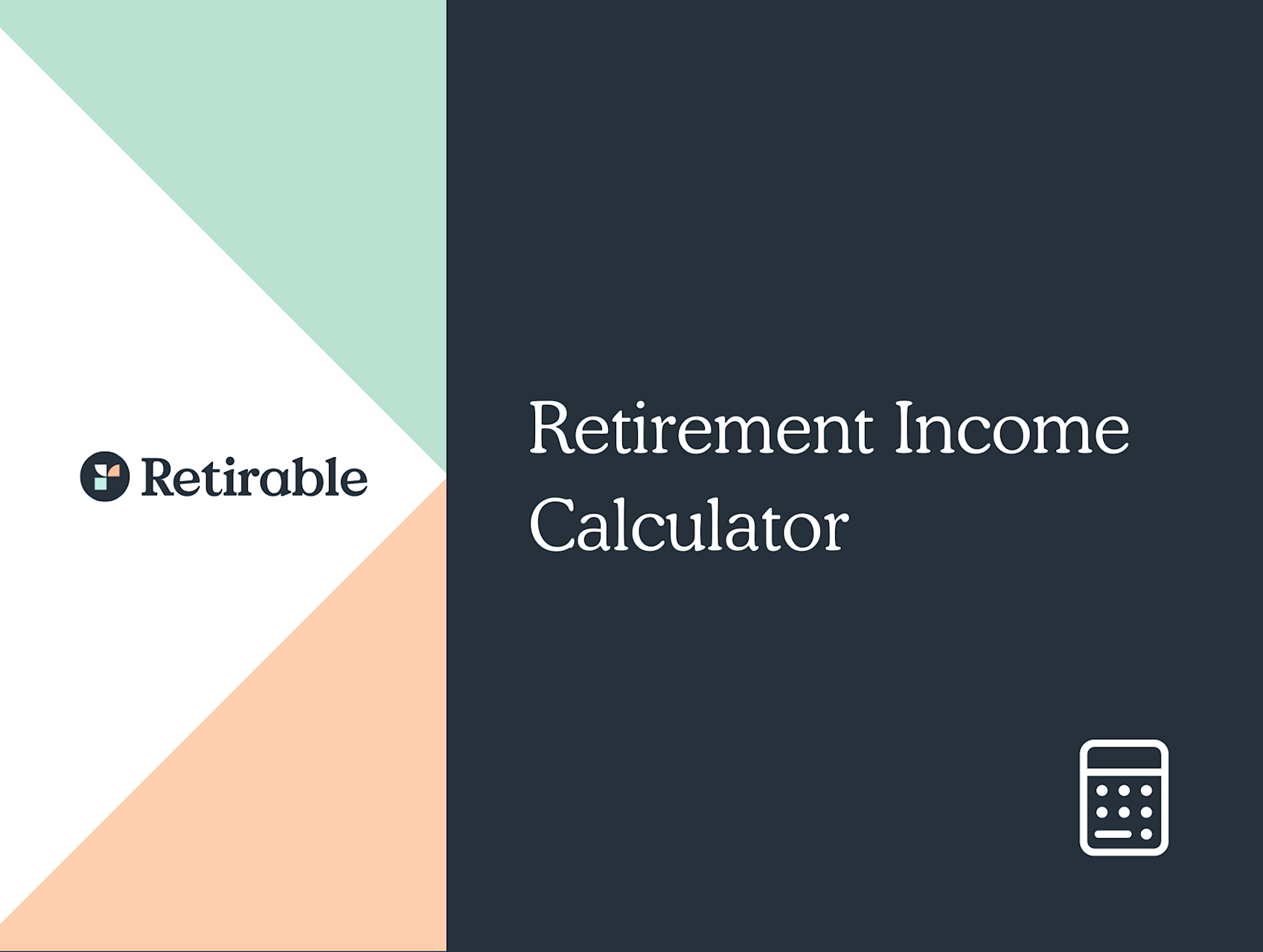Income
You’ve saved and you’ve invested, and now you’re ready to start withdrawing from that retirement piggy bank you’ve been working on for all these years. But no matter how well you’ve planned, there’s always some inherent risk in your retirement spending plan. Learn more.

Adam Cecil
•
Published October 5th, 2021
Table of Contents
Key Takeaways
Spending down your retirement savings is called decumulation.
Following a decumulation plan comes with various risks as there are different lifestyle and economic factors at play.
Understanding and planning ahead for how to react and adapt to these risks is an important step in retirement planning.
You’ve saved and you’ve invested, and now you’re ready to start withdrawing from that retirement piggy bank you’ve been working on for all these years. But no matter how well you’ve planned, there’s always some inherent risk in your retirement spending plan.
We call this a “decumulation plan”—a way to spend your assets down in a way that maintains your quality of life in retirement. As you can imagine, this is a lot more complicated than the accumulation plan—the retirement saving that you’ve been doing in your 401(k)s, IRAs, and other investment vehicles.
There’s a lot of thought that goes into building your decumulation plan. To start, you’ll be thinking about maximizing your Social Security benefits, drawing down tax deferred accounts and managing RMDs, and considering your most efficient housing options. You’ll also want to think about the best ways to protect yourself against the major risks to a successful decumulation strategy.
Below, we’ll dig into some of the biggest risks you should consider.
1. Market Risk
How many years did you work on your retirement savings? And in that amount of time, how many major shifts happened in the market?
Most people live in retirement for thirty-ish years, and for most of that time, you’ll still have a significant amount of money in the market. Of course, there is the risk that the market will drop. While you were accumulating assets, this wasn’t a big deal—in fact, it was an opportunity to invest more and realize higher growth potential. But when you’re retired, you can’t always wait for your investments to recover.
You could always take a hard turn to a conservative investment strategy once you hit retirement, but then you leave yourself open to the risk that you may not have enough money to actually cover your income for the next thirty years. That�’s why it’s important to balance for both preservation and growth to protect against both of these risks. Ideally, you should start positioning your portfolio before you leave the workforce. A Retirable CFP can help make sure your portfolio is protected against risk.
2. Inflation Risk
While we’ve been lucky enough to have relatively low inflation over the past few decades, the buying power of your dollar today is not going to be the same in ten, twenty, or thirty years. For example, if you retired in 2001, every dollar you had in savings then would have an equivalent value of about $0.65 today. And there’s always the chance that inflation could increase, or even skyrocket, due to events out of your control.
Retirees have some inflation protection built-in to their Social Security payments thanks to cost of living adjustments (some pensions also have these adjustments), but the best way to protect yourself against inflation is a well-balanced portfolio of diversified investments that will adjust for inflation in real-time.
3. Longevity Risk
We said earlier in this article that many people live in retirement for thirty years. The truth is, no one knows how long you’re going to live, which can make it very difficult to plan a decumulation strategy. People are living longer than ever, and the last thing you want to do is run out of money before you die.
That’s why we typically suggest that you wait as long as possible to start your Social Security payments—up until age 70, that payment will only increase. Social Security is the foundation of your retirement income and will last until you die.
When it comes to your other assets, a Retirable CFP can help you maximize your spending without overextending your savings.
4. Health Risk
A big part of getting older is increased health issues and health care costs. This is true even for folks who take great care of themselves, or if you feel super healthy today. Medicare is a great foundation for covering medical costs, but it’s important to plan for potential changes to your health, and the ways in which your budget and lifestyle might change along with it.
5. Long-Term Care Risk
Along with the normal wear and tear of getting older, there’s also the risk that you’ll experience a health event that will require ongoing care for basic living needs for the rest of your life. It’s one of the biggest risks that people don’t adequately plan for. Medicare won’t cover most long-term care, and senior living can get expensive. Supplemental insurance policies can help cover the risk of needing long-term care.
6. Tax Risk
You know what they say about the best laid plans. Even the most comprehensive retirement strategy can be impacted by a change in tax rules. In America, both Republicans and Democrats have proposed and enacted changes over the years, like taxing Roth IRAs or expanding Medicare. There’s no sure-fire way to plan for a change in the tax code—the best thing to do is work with your Retirable CFP every year to adjust your plan for changes so that you can keep more of your hard-earned savings and not get caught off guard.
7. Government Policy Risk
Similar to the tax risk, you never know what plans politicians will cook up next. Congress could change Medicare and Social Security in ways that negatively impact your retirement, and with the Social Security reserve fund estimated to run out within the next twenty years, there are almost surely going to be changes to the way Social Security works for the next generation. Luckily, the worst case scenario for Social Security is a reduction in benefits, not a complete stoppage, and the risk of a change in policy shouldn’t change when you elect to take benefits or start your decumulation strategy.
Protect yourself against all of these risks with just one phone call
The best way to protect yourself against all of the risks to your decumulation strategy? A phone call with a Retirable financial planner, who can help you chart a course for the incredible retirement that you deserve.
Share this advice

Adam Cecil is a freelance writer who has produced financial content for Retirable, Policygenius, and Donational, In his free time, he writes the weekly pop culture newsletter Night Water and produces independent fiction podcasts.
Share this advice

Adam Cecil is a freelance writer who has produced financial content for Retirable, Policygenius, and Donational, In his free time, he writes the weekly pop culture newsletter Night Water and produces independent fiction podcasts.


